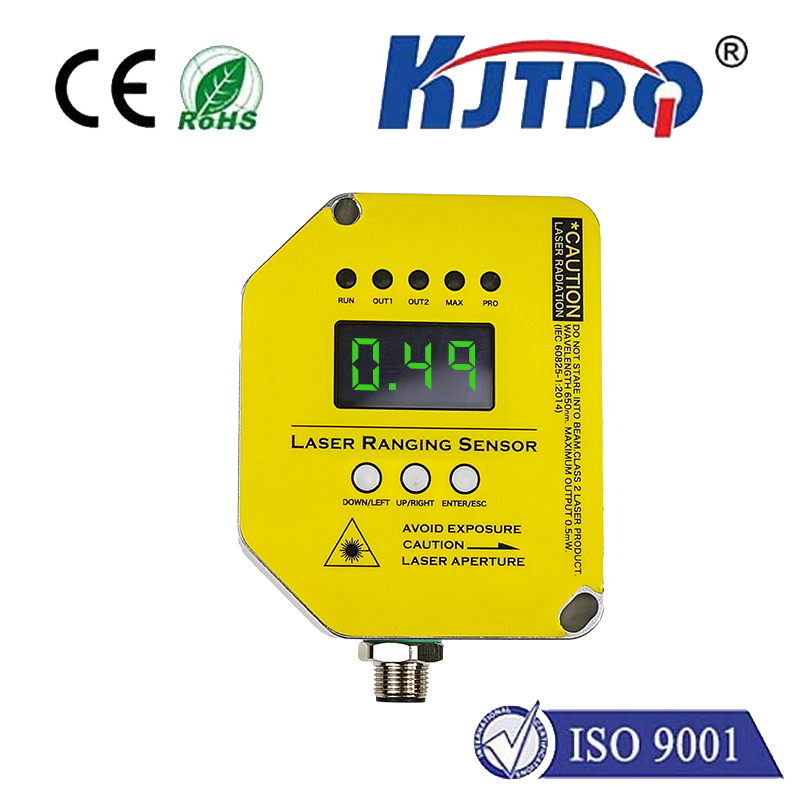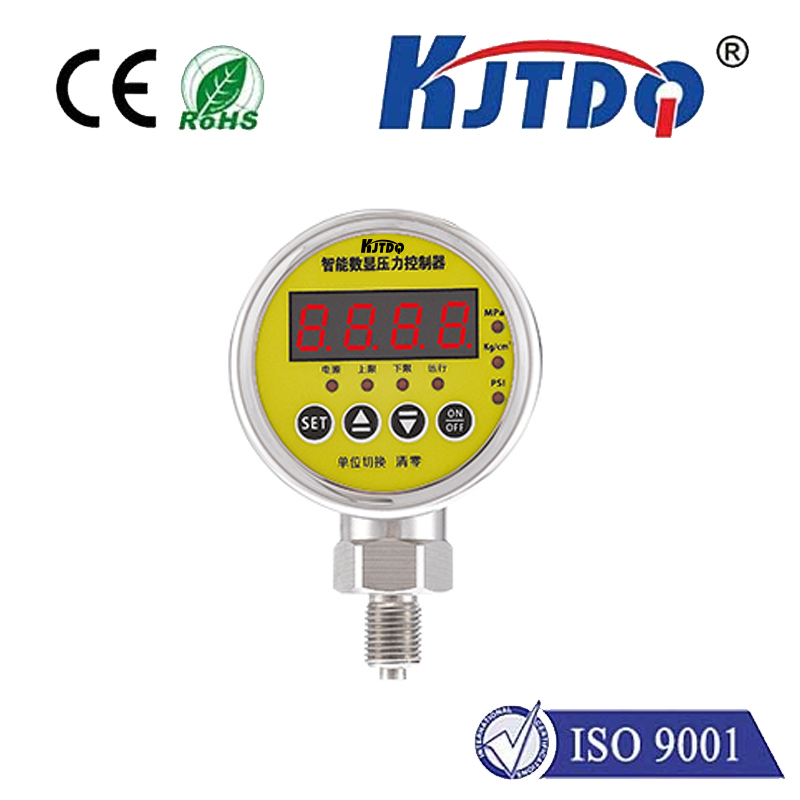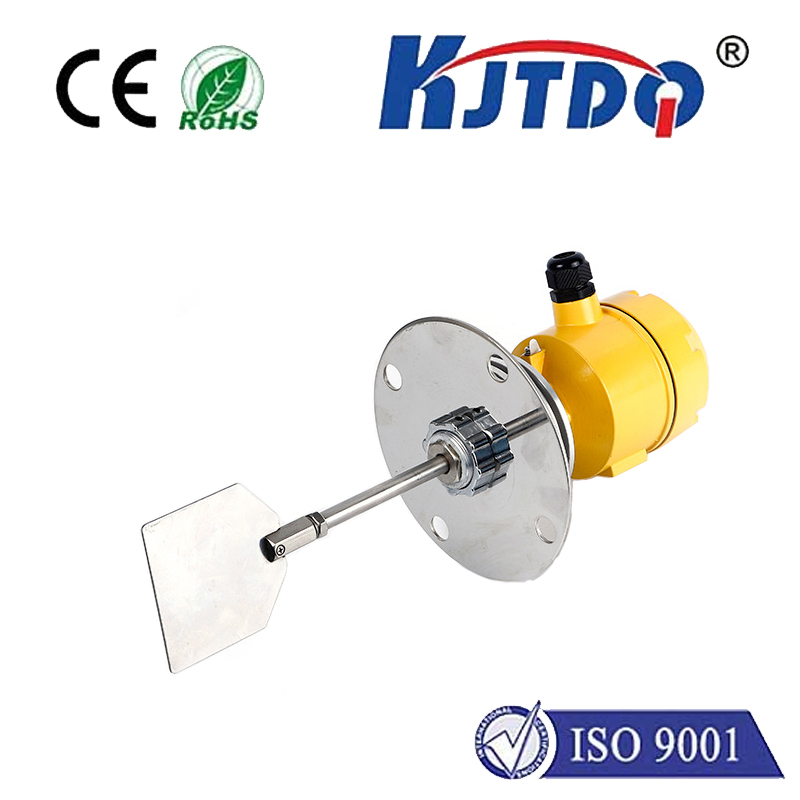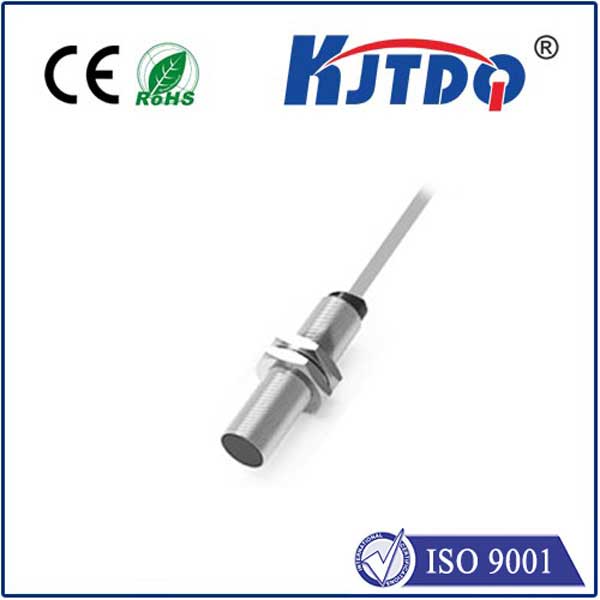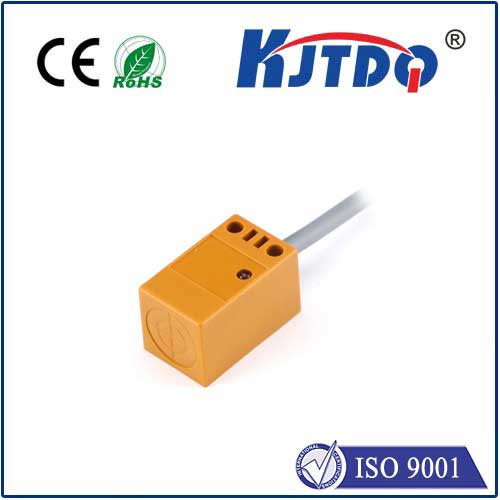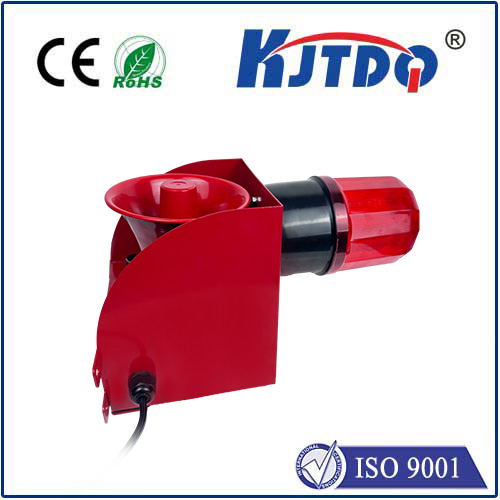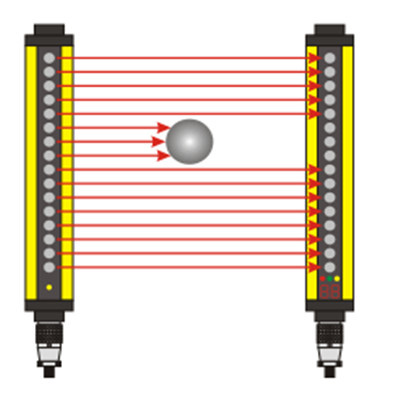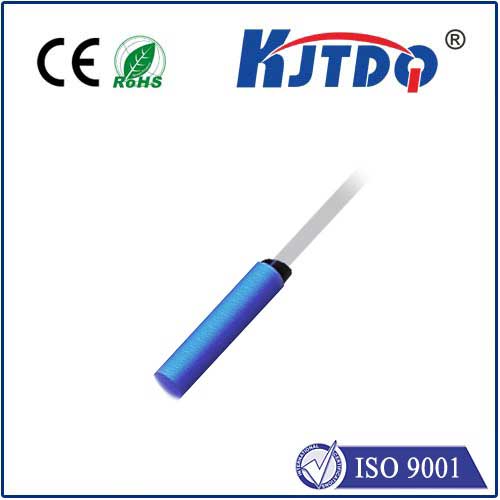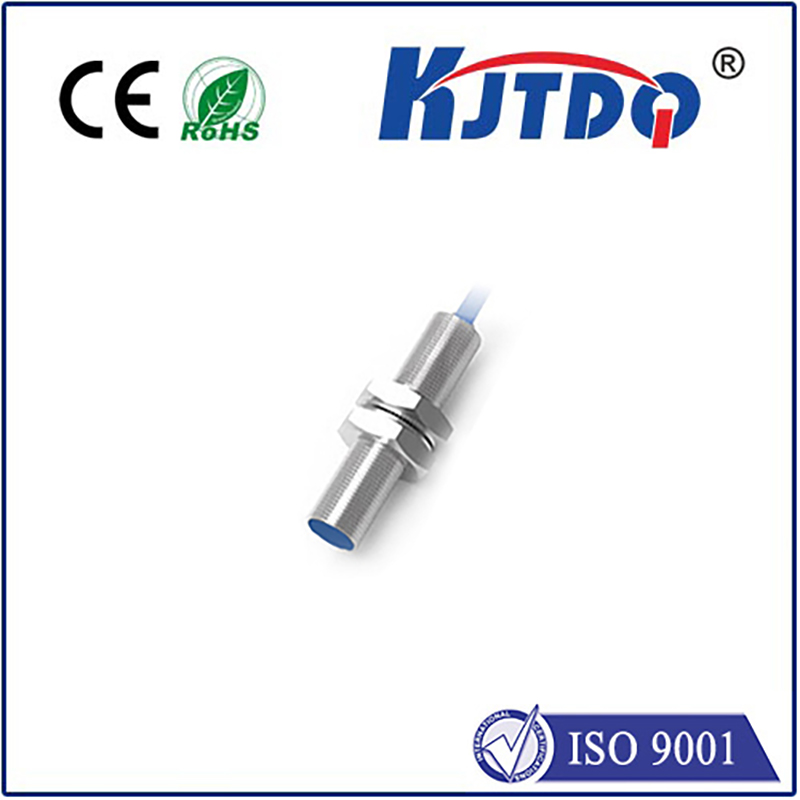
check

check

check

check
Understanding CNC Router Limit Switches: A Comprehensive Guide
Title: Demystifying the Role of Limit Switches in CNC Routers
Introduction:
The world of Computer Numerical Control (CNC) routers is an intricate dance of precision engineering and automation. At the heart of this machinery lies a crucial component that ensures safety and accuracy - the limit switch. This article aims to shed light on the importance and functionality of limit switches in CNC routers, offering readers a comprehensive understanding of their role.
What are CNC Router Limit Switches?

Limit switches in CNC routers act as electronic sentinels, monitoring the machine's travel limits. These switches send signals to the CNC control system when the router reaches certain predefined physical boundaries within its working envelope. The system then responds by stopping or reversing the direction of the machine's movement, thereby preventing collisions, overtravel, and potential damage to the workpiece or the router itself.
Types of Limit Switches:
There are two primary types of limit switches used in CNC routers: mechanical and optical. Mechanical limit switches rely on physical contact, often using cams or levers, to detect the machine's position. On the other hand, optical limit switches employ sensors that use light beams to determine the router’s location without any physical interaction. Each type has its advantages based on the application, such as increased reliability or reduced wear and tear on moving parts.
Importance of Limit Switches:
Limit switches serve as critical safety features in CNC routers by automatically halting the machine if it approaches or exceeds its programmed limits. Without these switches, there would be a risk of tool bits breaking, spindles crashing into fixtures, or even operators being injured. They also help maintain machining accuracy by ensuring that the router operates within its designed parameters.
Installation and Configuration:
Proper installation and configuration of limit switches are essential for their correct functioning. The process involves setting up the switches at the extreme ends of the router's travel paths, aligning them with corresponding home positions, and programming the CNC controller to recognize and react to the switches' inputs. It is a meticulous task that requires attention to detail to avoid errors that could compromise safety and productivity.
Troubleshooting and Maintenance:
Like any component of a CNC router, limit switches can fail or malfunction due to wear, debris accumulation, or improper maintenance. To prevent issues, regular cleaning and inspection are necessary. Troubleshooting might involve checking wiring connections, verifying switch alignment, or replacing worn-out components. Addressing these concerns promptly helps to maintain optimal machine performance and uptime.
Conclusion:
In conclusion, limit switches play an indispensable role in the operation of CNC routers by providing essential safety features and ensuring machining accuracy. Whether through mechanical or optical means, these switches protect both the machinery and the personnel operating them. As technology continues to evolve, it is likely that limit switch systems will become even more sophisticated, further enhancing the capabilities of CNC routers while maintaining the highest standards of safety and efficiency.
